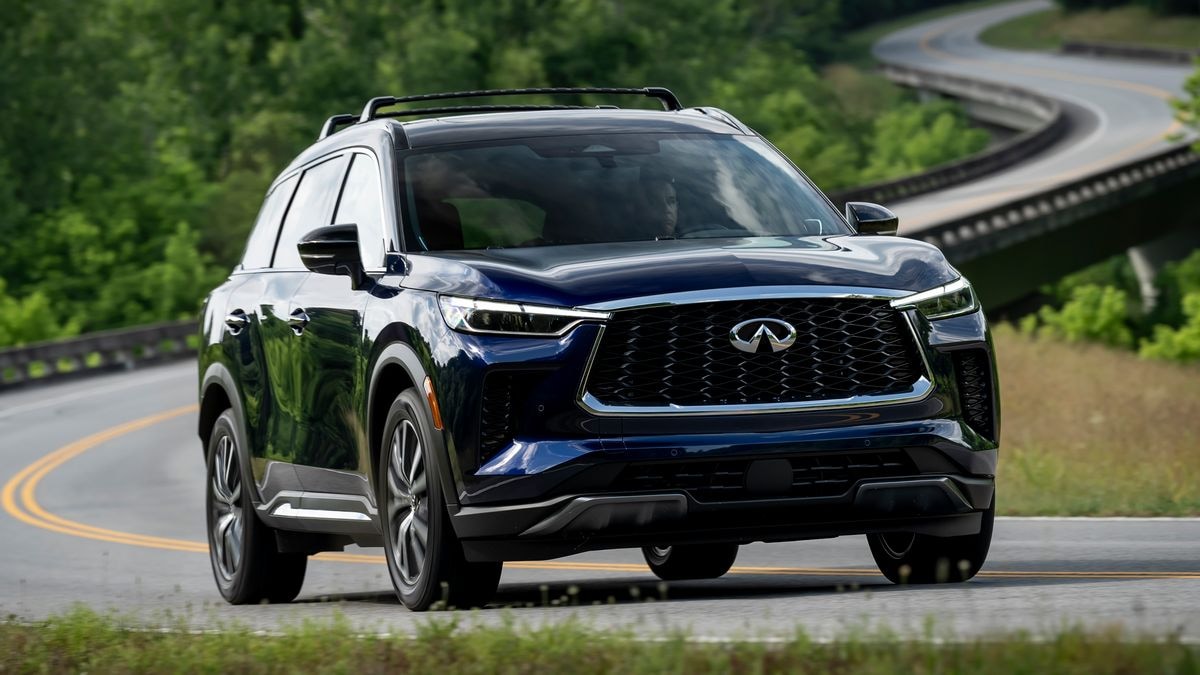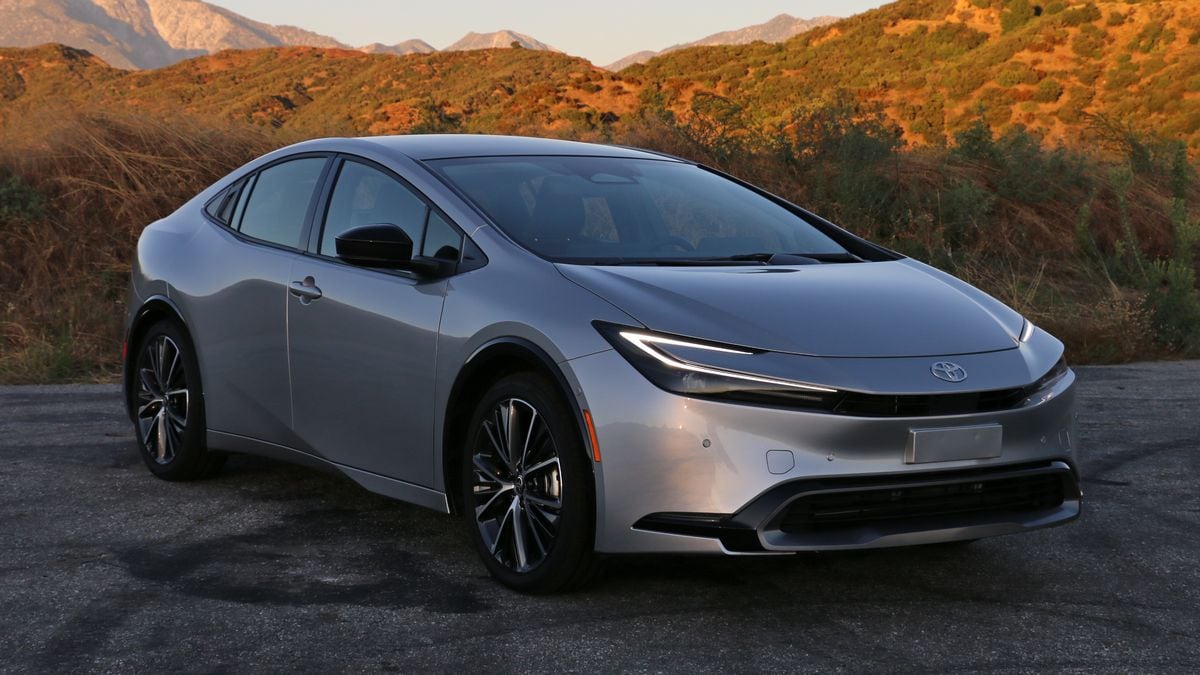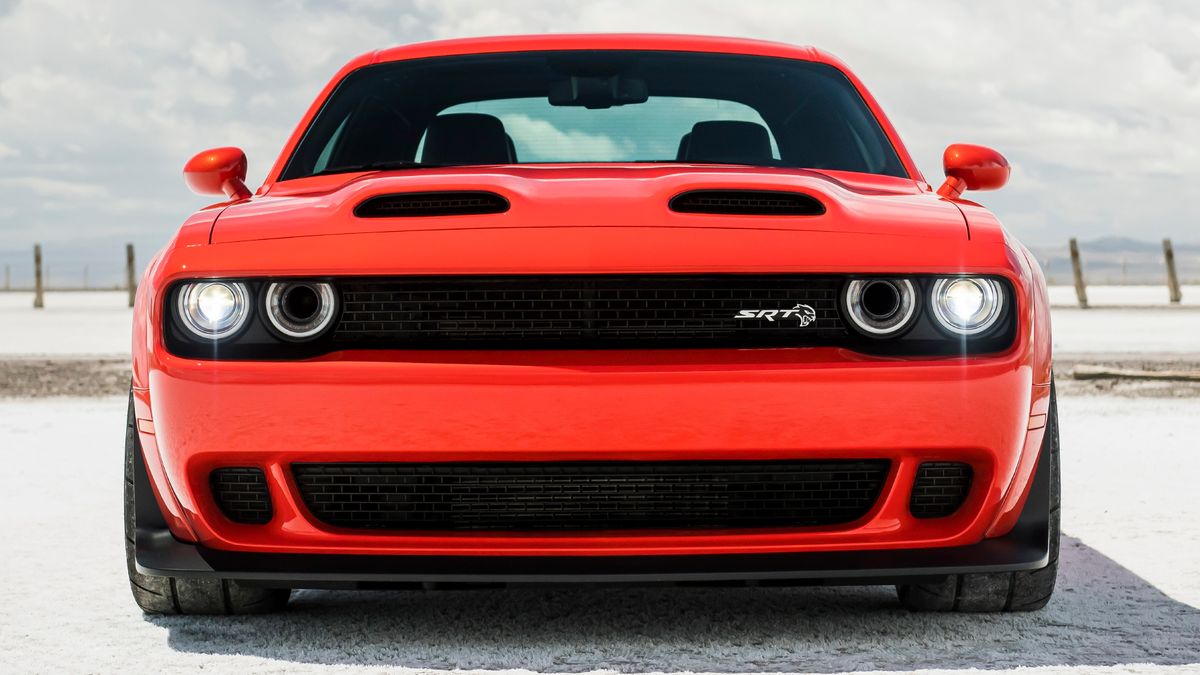What Is Flex Fuel: E85 Quick Facts
Vehicles that can run on flexible fuel, a blend of gasoline and ethanol, also known as “flex fuel,” started becoming popular in the 1990s. In turn, manufacturers began producing new cars that could use this biofuel blend. But many motorists know little about ethanol-blended gasoline labeled E85 at gas pumps.
Even some owners of flex-fuel vehicles, or FFVs, have questions about gasoline-ethanol blends. Read on to learn about flex fuel and whether you can use E85 or other blended gas in your vehicle.
What Is Flex Fuel?
Flexible fuel is the general term for a renewable and domestically produced alternative fuel that is gasoline blended with ethanol. Ethanol is made from a collection of plant materials, including corn. Most of the gas sold in the United States contains some ethanol. However, E85 for FFVs uses a higher percentage of ethanol. So, what is 85 gas?
Also known as flex fuel, E85 is a gasoline-ethanol blend containing between 51% to 85% ethanol, depending on the season and geographic region of the distributor. For example, E85 sold during colder months often has lower levels of ethanol to produce the vapor pressure necessary for starting in cold temperatures.
RELATED: Types of Gasoline Explained: Learn the Differences
Can My Car Use Flex Fuel?
Manufacturers make flex-fuel vehicles with modified internal combustion engines using traditional gasoline and ethanol blends, such as E85. A badge with “Flex-Fuel,” “FFV,” or “E85” on the rear of the vehicle may indicate it is compatible with the alternative fuel.
Having a yellow gas cap is a good indication that the car can use flex fuel. If the vehicle has a capless fuel filler, a yellow ring around the hole where the nozzle gets inserted signals E85 works for the vehicle.
Using any octane level of gasoline in a flex-fuel vehicle is acceptable. The sensors in an FFV detect whether the fuel is pure gasoline or 85% ethanol and make necessary changes for optimal fuel injection and timing of combustion.
Putting E85 in a car not designed for flexible fuel can be harmful. Always refer to the owner’s manual for specifications on fuel to use in your vehicle.
Can You Use Regular Gas in a Flex-Fuel Vehicle?
One benefit of flex-fuel vehicles is that they also are compatible with regular gasoline. FFV engines have sensors that detect the gasoline-ethanol ratio in the fuel and make adjustments for optimal performance.
Can You Use Flex-Fuel in a Regular Gas Car?
Flex-fuel, such as E85, can be used only in flex-fuel vehicles and will damage a traditional gasoline engine.
Why Would I Use Flex Fuel?
Proponents of higher ethanol-gasoline blends cite lower greenhouse-gas emissions since flex fuel burns cleaner than pure gasoline, and its use reduces reliance on foreign oil. The main ingredient in processing ethanol is corn, a sustainable crop grown in the United States.
Flex Fuel Disadvantages
While the price per gallon of E85 is typically less than regular gas, FFVs using the ethanol-gasoline blend have lower fuel economy ratings. In some cases, the difference in mileage is close to 25%.
For example, a 2023 Ford F-150 2WD FFV pickup with a 3.3-liter 6-cylinder engine earns 21 combined mpg when using gasoline but only 16 combined mpg when using E85. Often, the lower price per gallon for E85 offsets the mileage loss.
RELATED: Hypermiling: How to Save Money on Gas
Availability of E85 and FFVs
More than 5,800 gas stations across the U.S. sell E85 flex fuel, mostly in corn-producing Eastern and Midwestern states. However, you can find vehicles compatible with E85 nationwide because those automobiles can also use traditional gasoline.
It’s unclear how many flex-fuel vehicles exist on the road today. One study found 21 million FFVs in the U.S. in 2017. More recently, some estimate more than 27 million vehicles are using flex fuel.
The number of new FFV offerings from manufacturers has decreased. The primary reason: Federal incentives for automakers shifted to those building electric vehicles.
Three automotive brands — Chevrolet, Ford, and GMC — offer FFVs in the model year 2024. Only four configurations (2WD and 4WD versions of the Chevrolet Silverado and GMC Sierra, and the Ford Explorer AWD) of 2024 models are available as FFVs, down from 11 in 2022. According to the Renewable Fuels Association (RFA), more than 80 different models from eight manufacturers were available to consumers as recently as the model year 2015.
RELATED: How Do Electric Car Tax Credits Work?
Other Ethanol Blends
E10
About 98% of the gasoline sold in the U.S. contains ethanol, typically E10 with 10% ethanol and 90% gasoline.
E15
Another blend, E15 (with 15% ethanol), entered the market in 2011. Sales were restricted during the summer months, but EPA waivers since 2021 have permitted year-round E15 sales. The EPA allows E15 for light-duty vehicles built after 2000. Manufacturers approve using E15 in approximately 95% of their model-year-2024 automobiles, according to a review of owner’s manuals and warranty statements by the trade group RFA. The group says the blend is available at more than 3,200 gas stations and the average cost of E15 is 25 cents per gallon less than regular unleaded.
E25
The RFA’s annual review indicates that E25 blends, containing up to 25% ethanol, are approved by the manufacturer for use in BMW and Mini vehicles. The 2024 Toyota GR Supra — developed with BMW — also allows E25.
E98
E98, 98% ethanol, is a popular fuel for some types of race cars.
If you’re trying to find the right car for you, check out our best cars and top 10 lists.
Read Related Articles:
Editor’s Note: This article has been updated since its initial publication.






